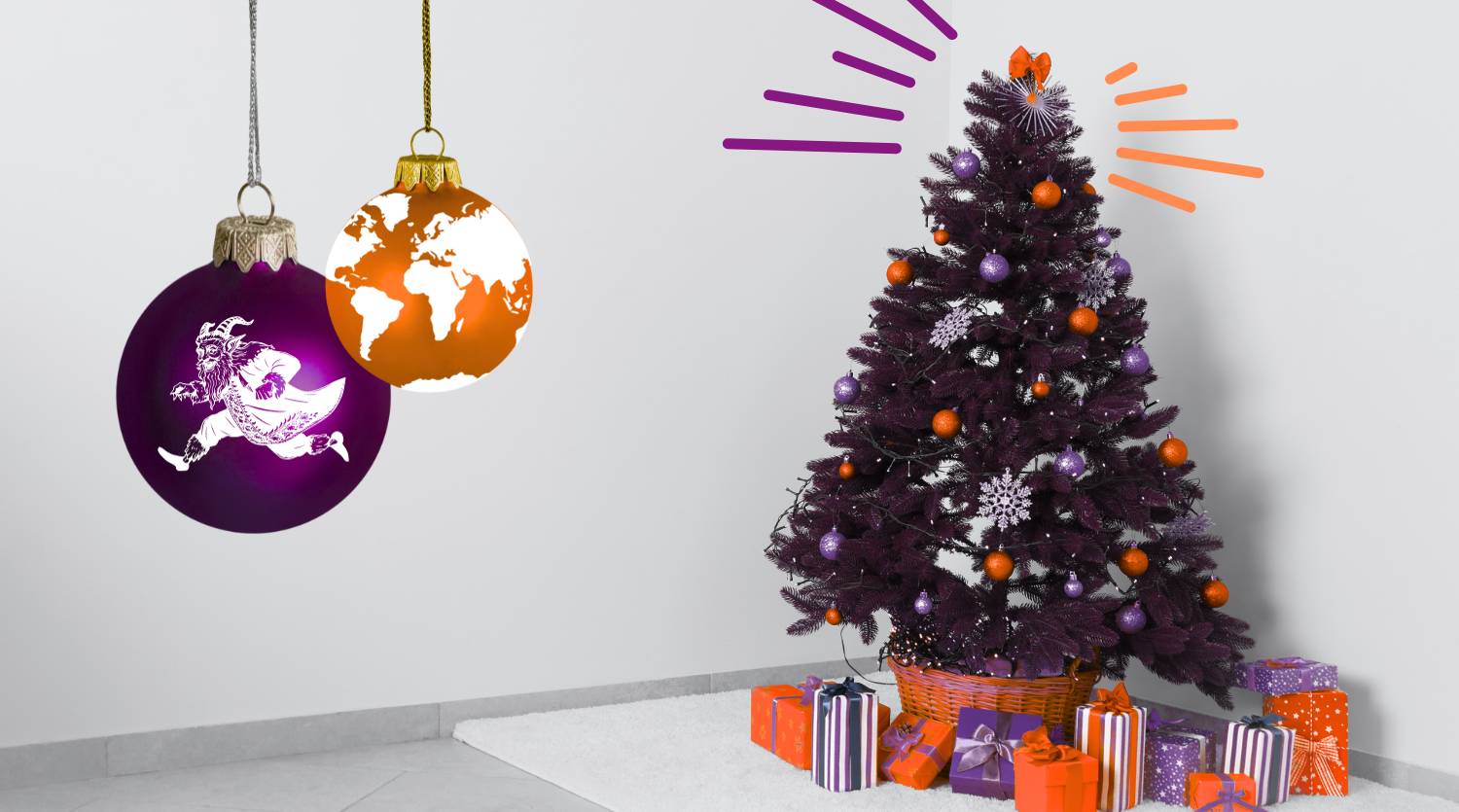How to Beat Booking Bounce Rates
If your business sits within the service or travel industry, you’ve probably looked into ways of reducing your booking bounce rate.
To quickly cover the terminology, a bounce rate is the percentage of single-interaction sessions on your web page. High bounce rates are often symptoms of deeper problems to do with user experience, and can be affected by a number of variables. The more international you go, the more unexpected issues you might encounter that will stop your users from converting.
The end goal is to ensure your website appears trustworthy and reputable, which means making it as easy to use as possible by avoiding any scam signals that may scare off your clientele. This brings us to a few points worth checking to make sure you aren’t unintentionally increasing your bounce rate with your content:
Low-Quality Content
Would you ever carry out an online purchase from a website you don’t trust? The answer is likely to be no, and that would be the same for the majority of your users. Poor spelling and grammar are associated with spam websites or generally unprofessional companies, which will affect the trustworthiness of your website. So always make sure the content you use for your purchase journey is of excellent quality, regardless of the language you’re targeting.
Unrelated content
It’s important to streamline the information you put out into the world. Check your booking pages for any irrelevant content that might confuse or distract your user. Information given should be clear, concise and relevant to the market you’re targeting. At this point, a search has been completed and the user has found the attractive deal worth investing in. So, introducing standard upsell methods such as banners with “Best offers” or CTAs for alternative pages are likely to re-direct your conversion.
Relevancy
Imagine you land on a retailer’s checkout page and there is no option to pay with either your Visa or Maestro card. This is exactly what some people around the world experience through poorly localised purchasing journeys. Did you know that 88% of people in the Netherlands prefer to pay with iDeal and less than a third – with credit cards? Or that in Estonia one of the most popular payment means is Visa Electron? Make sure that you cater fully for the markets you’re targeting, as otherwise, you risk losing conversions over the simplest mistakes.

Consistency
From start to finish, your client should be exposed to consistent product naming and information. If once they get to the booking journey the product they were sold on the landing page is renamed, it will create confusion which could end with a bounce. Ensure new content always follows best practice guidelines for each channel, and keep existing content updated according to brand guidelines and previous learnings.
The ecommerce experience is often overshadowed by the content users see, so investing in content means investing in your business and respecting your client’s perception of the brand. Taking care of the content you show to your client from start to finish should naturally reduce the bounce rate of the booking journey, and result in a loyal converting customer base.
Locaria can help you streamline and localise your content across global markets to keep users engaged and boost conversion rates. Contact us for a quote or for more information today.



